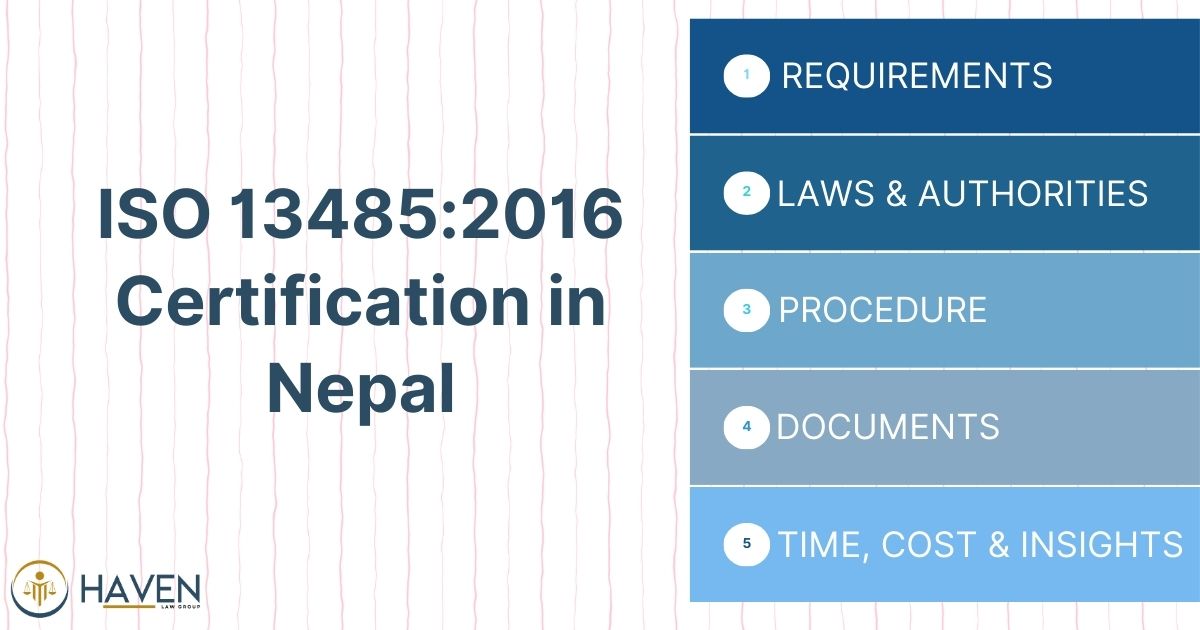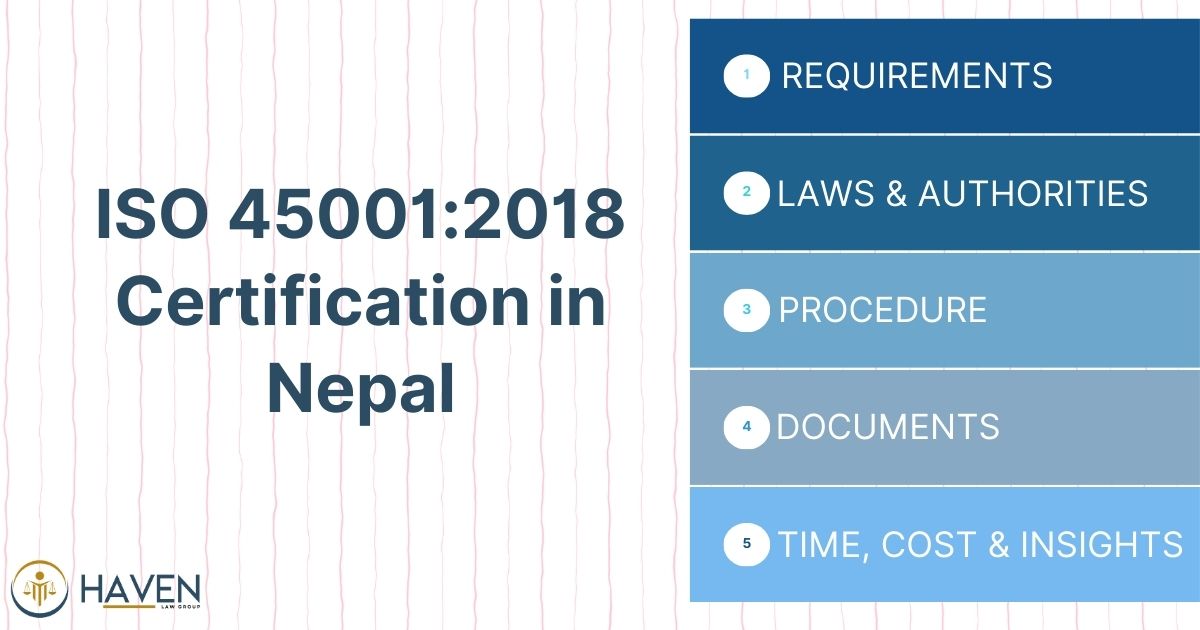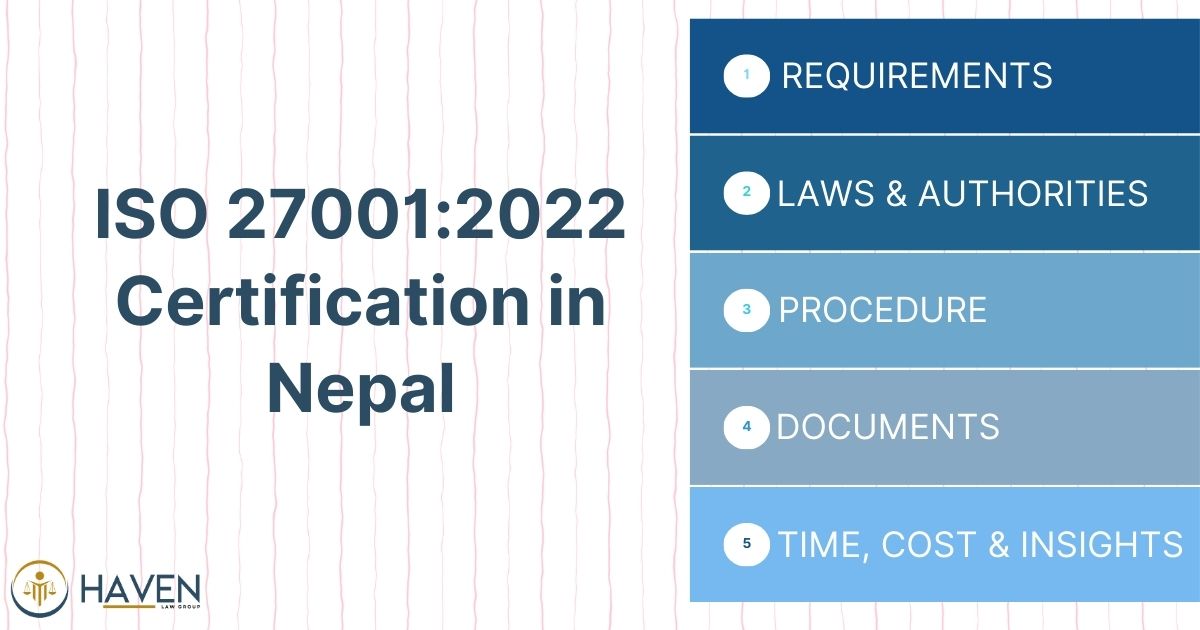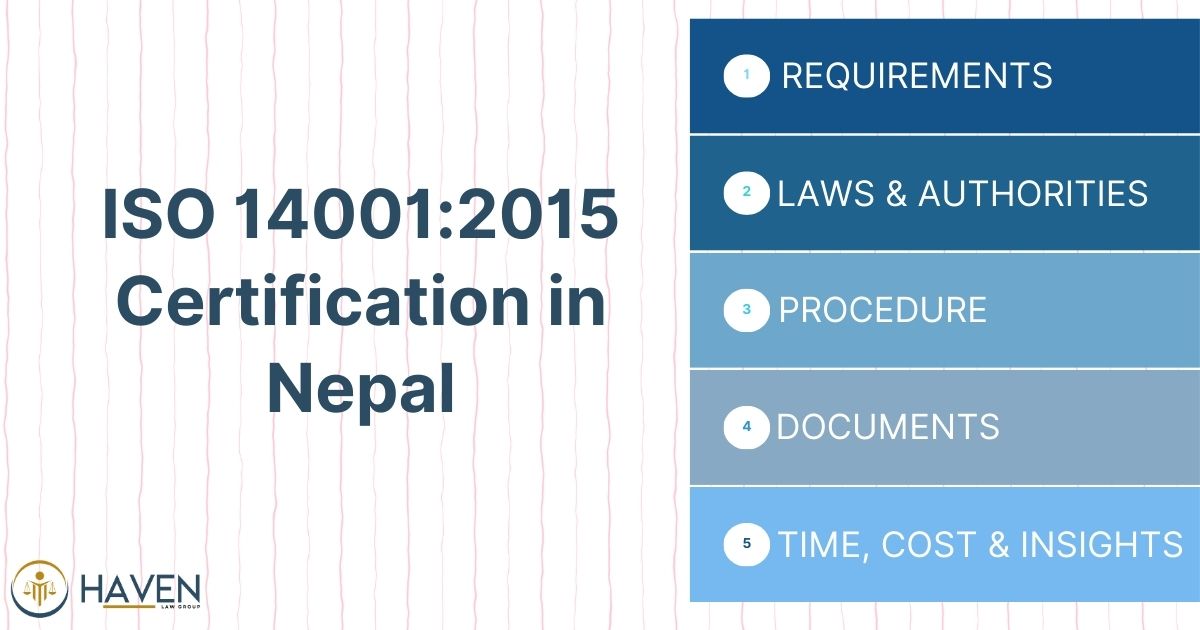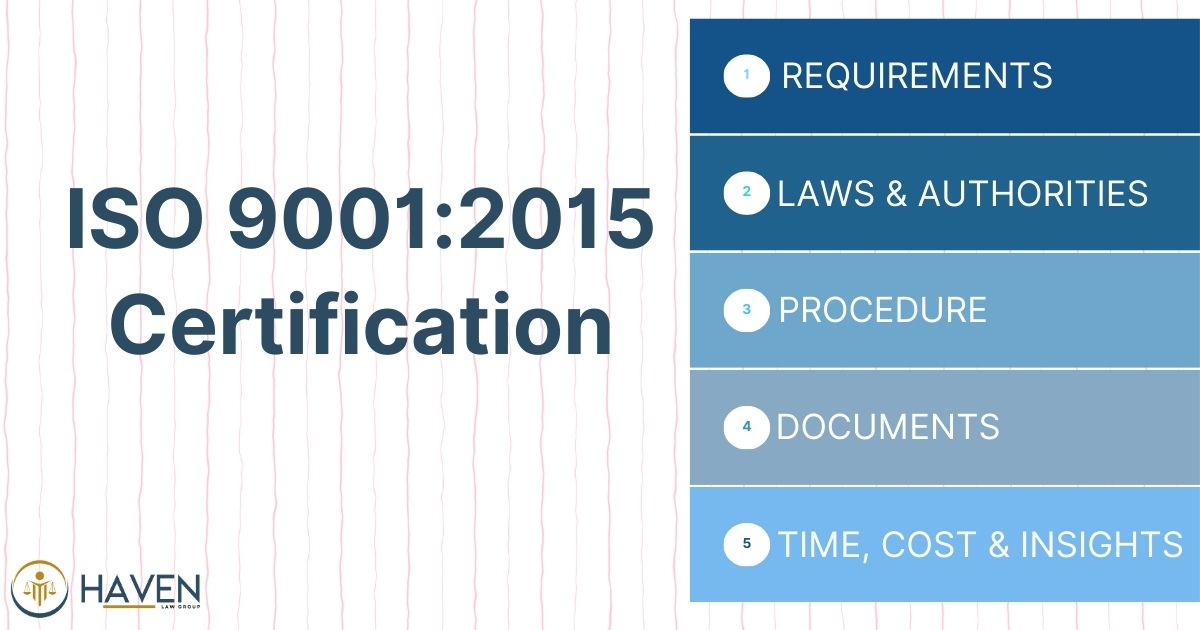What is a divorce form in Nepal?
A divorce form in Nepal is an official legal document used to initiate the process of dissolving a marriage. This form, known as “Sambandha Bicched Nibedan” in Nepali, serves as a formal request to the court for terminating a marital relationship. The divorce form contains essential information about both spouses, including personal details, marriage particulars, and grounds for seeking divorce.
In Nepal, the Muluki Ain (Civil Code) 2074 governs divorce proceedings, and the form must comply with the legal requirements outlined in this code. The divorce form is a crucial document that sets the legal process in motion and provides the court with necessary information to assess the validity of the divorce request.
Where to obtain a divorce form in Nepal?
In Nepal, divorce forms can be obtained from various sources:
- District Courts: The primary source for obtaining divorce forms is the District Court in the jurisdiction where the couple resides.
- Legal Aid Committees: These committees, often associated with courts, provide free legal assistance and forms.
- Nepal Bar Association: Local chapters of the bar association may offer divorce forms.
- Legal Practitioners: Lawyers specializing in family law can provide the necessary forms.
- Online Resources: Some government websites and legal portals offer downloadable divorce form templates.
It is advisable to obtain the form from official sources to ensure its validity and compliance with current legal standards. The District Court remains the most reliable source for up-to-date and legally recognized divorce forms in Nepal.
How to fill out a divorce form in Nepal?
Filling out a divorce form in Nepal requires attention to detail and accuracy. Follow these steps:
- Provide personal information: Include full names, addresses, and citizenship numbers of both spouses.
- State marriage details: Mention the date and place of marriage registration.
- List grounds for divorce: Clearly state the reasons for seeking divorce as per Nepali law.
- Describe attempts at reconciliation: Outline any efforts made to save the marriage.
- Mention property and asset details: Provide information on joint assets and proposed division.
- Address child custody: If applicable, state preferences for child custody arrangements.
- Sign and date the form: Both parties should sign if it’s a mutual divorce; otherwise, the filing spouse signs.
- Attach supporting documents: Include marriage certificate, citizenship certificates, and other relevant papers.
- Review for accuracy: Double-check all information before submission.
- Seek legal advice: Consult a lawyer to ensure all sections are correctly filled.
Are there different divorce forms in Nepal?
Yes, Nepal has different types of divorce forms to accommodate various situations:
- Mutual Consent Divorce Form: Used when both spouses agree to divorce.
- Contested Divorce Form: Filed by one spouse when the other does not consent.
- Divorce on Grounds of Adultery Form: Specific form for cases involving infidelity.
- Divorce Due to Cruelty Form: Used when citing physical or mental cruelty as grounds.
- Divorce for Desertion Form: Applicable when one spouse has abandoned the other.
- Divorce on Grounds of Impotency Form: Used in cases of physical inability to consummate marriage.
Each form requires specific information and evidence relevant to the grounds for divorce. The choice of form depends on the circumstances of the case and should be selected carefully to ensure proper legal proceedings.
Is a lawyer required to complete the form?
While it is not legally mandatory to have a lawyer complete a divorce form in Nepal, it is highly recommended. The reasons include:
- Legal Complexity: Divorce laws in Nepal can be intricate, and a lawyer ensures compliance.
- Proper Documentation: Lawyers help gather and organize all necessary supporting documents.
- Accuracy: Professional assistance reduces the risk of errors that could delay proceedings.
- Legal Strategy: Lawyers can advise on the best approach based on individual circumstances.
- Court Procedures: Attorneys are familiar with court protocols and can navigate them efficiently.
- Protection of Rights: Legal representation helps safeguard the interests of both parties.
- Mediation: Lawyers can facilitate negotiations in mutual consent divorces.
- Language Barrier: For non-Nepali speakers, lawyers can assist with translation and interpretation.
While self-representation is possible, the complexities of divorce proceedings often necessitate professional legal guidance to ensure a smooth and fair process.
What documents are needed with the form?
When submitting a divorce form in Nepal, several supporting documents are required:
- Marriage Certificate: Original or certified copy of the marriage registration.
- Citizenship Certificates: Copies of citizenship documents for both spouses.
- Property Documents: Papers related to jointly owned assets and properties.
- Income Proof: Salary slips or income tax returns of both parties.
- Photographs: Recent passport-sized photos of both spouses.
- Children’s Birth Certificates: If applicable, for child custody considerations.
- Medical Reports: In cases citing health issues or impotency as grounds.
- Police Reports: For cases involving domestic violence or cruelty.
- Witness Statements: Sworn affidavits from witnesses, if relevant.
- Previous Court Orders: Any prior legal decisions related to the marriage.
- Bank Statements: Joint account details and financial records.
- Evidence of Grounds: Documentation supporting the cited reasons for divorce.
Ensuring all necessary documents are included with the divorce form is crucial for a smooth legal process and to avoid delays in court proceedings.
Can divorce forms be submitted online?
As of 2023, the option to submit divorce forms online in Nepal is limited. The traditional method of physical submission at the District Court remains the primary approach. However, some developments are noteworthy:
- E-filing Initiatives: Some courts are piloting e-filing systems, but these are not yet widespread.
- Online Information: Court websites may offer downloadable form templates.
- Email Correspondence: Some courts accept initial inquiries or document submissions via email.
- Digital Signatures: Electronic signatures are increasingly recognized, but not universally accepted.
- Online Scheduling: Some courts allow online appointment booking for form submission.
- Virtual Consultations: Lawyers may offer online consultations for form preparation.
While full online submission is not yet available, the Nepali legal system is gradually moving towards digital integration. It’s advisable to check with the local District Court for the most current procedures and any available online options.
Are fees required for divorce forms?
Yes, fees are required for divorce forms and proceedings in Nepal. The fee structure includes:
- Form Fee: A nominal charge for obtaining the divorce form.
- Filing Fee: A court fee for submitting the divorce petition.
- Stamp Duty: Required on legal documents as per the Stamp Duty Act.
- Lawyer’s Fees: If legal representation is sought (varies by lawyer).
- Document Certification: Charges for authenticating supporting documents.
- Court Proceedings: Additional fees may apply during the divorce process.
- Translation Fees: If documents need to be translated into Nepali.
- Expert Witness Fees: In cases requiring professional testimony.
The exact amount varies depending on the case complexity and court jurisdiction. Fee waivers or reductions may be available for individuals with financial hardships through legal aid programs. It’s advisable to consult the court or a lawyer for the most current fee schedule.
What happens after submitting the form?
After submitting the divorce form in Nepal, several steps follow:
- Court Registration: The form is registered and assigned a case number.
- Initial Scrutiny: Court officials review the form for completeness and compliance.
- Summons Issuance: The court issues a summons to the respondent spouse.
- Response Period: The respondent has time to file a reply or counter-petition.
- Mediation Attempt: The court may order mandatory mediation sessions.
- Evidence Submission: Both parties present evidence supporting their claims.
- Hearings: Multiple court hearings may be scheduled to hear arguments.
- Witness Testimonies: If required, witnesses may be called to testify.
- Judge’s Evaluation: The judge reviews all presented information and arguments.
- Final Decision: The court pronounces its judgment on the divorce petition.
- Appeal Period: A window for appealing the decision, if desired.
- Decree Issuance: If granted, the court issues a final divorce decree.
The duration of this process can vary significantly depending on the case complexity and court backlog. Mutual consent divorces typically proceed faster than contested ones.
Can forms be rejected in Nepal?
Yes, divorce forms can be rejected in Nepal for various reasons:
- Incomplete Information: Missing crucial details or sections left blank.
- Lack of Supporting Documents: Failure to attach required certificates or evidence.
- Incorrect Jurisdiction: Filing in the wrong court district.
- Improper Grounds: Citing reasons not recognized by Nepali law.
- Signature Issues: Missing or incorrect signatures of parties involved.
- Fee Non-payment: Failure to pay the required court fees.
- Formatting Errors: Not adhering to the prescribed format of the form.
- False Information: Providing misleading or false details.
- Time Barred: Filing after the legally prescribed time limit.
- Lack of Legal Standing: Not meeting the legal criteria for filing divorce.
If a form is rejected, the court typically provides reasons for rejection. The applicant can then correct the issues and resubmit the form. It’s advisable to seek legal counsel to avoid rejections and ensure proper form submission.
Is there a standard format for divorce forms?
Yes, Nepal has a standard format for divorce forms, which is designed to ensure consistency and completeness in divorce filings. The standard format typically includes:
- Court Details: Name and location of the court where the petition is filed.
- Petitioner Information: Full name, address, and details of the spouse filing for divorce.
- Respondent Information: Similar details for the other spouse.
- Marriage Details: Date, place, and registration information of the marriage.
- Grounds for Divorce: Specific reasons for seeking divorce as per Nepali law.
- Statement of Facts: A detailed account of events leading to the divorce decision.
- Relief Sought: Specific requests to the court (e.g., alimony, child custody).
- Property Details: Information on joint assets and proposed division.
- Child Custody: Arrangements for children, if any.
- Declaration: A statement affirming the truth of the information provided.
- Signature Block: Space for signatures of the petitioner and/or lawyer.
- Attachments List: Enumeration of supporting documents.
While this standard format is widely used, minor variations may exist between different courts or for specific types of divorce cases. It’s crucial to use the most current form provided by the relevant District Court.
How to correct errors in a divorce form?
Correcting errors in a divorce form in Nepal involves several steps:
- Identify Errors: Carefully review the form to spot any mistakes or omissions.
- Consult Court Clerk: Seek guidance from the court clerk on the correction process.
- Prepare Correction Affidavit: Draft a sworn statement explaining the errors and corrections.
- Obtain New Form: If errors are extensive, consider obtaining a new form.
- Make Clear Corrections: Use a pen to make legible corrections on the original form.
- Initial Changes: Sign or initial next to each correction made.
- Attach Explanation: Include a written explanation for significant changes.
- Resubmit Form: Present the corrected form along with the affidavit to the court.
- Pay Additional Fees: Some corrections may require payment of additional fees.
- Seek Legal Advice: For complex corrections, consult a lawyer.
It’s crucial to address errors promptly to avoid delays in the divorce proceedings. In some cases, especially for major errors, the court may require a completely new form to be submitted.
FAQs
Are forms available in courts?
Yes, divorce forms are readily available in District Courts across Nepal. These courts are the primary source for obtaining official divorce forms. Court clerks or administrative staff can provide the necessary forms upon request. It’s advisable to visit the court in person to ensure you receive the most up-to-date version of the form. Some courts may also have information desks or legal aid centers that can assist in obtaining and understanding the forms.
Can forms be submitted anywhere?
No, divorce forms in Nepal cannot be submitted anywhere. They must be filed at the appropriate District Court that has jurisdiction over the case. The jurisdiction is typically determined by:
- The place where the marriage was registered
- The last place of cohabitation of the couple
- The current residence of the respondent spouse
Submitting the form to the wrong court can result in rejection or delays. It’s crucial to verify the correct court before filing. In cases of doubt, consulting a lawyer or the court clerk can help determine the proper jurisdiction for submission.
Is ID proof mandatory?
Yes, providing ID proof is mandatory when submitting a divorce form in Nepal. Acceptable forms of ID include:
- Citizenship Certificate
- Passport
- Voter ID Card
- Government-issued Photo ID
Both parties involved in the divorce case must provide valid ID proof. This requirement helps verify the identity of the individuals involved and prevents fraudulent filings. The court may reject forms submitted without proper identification documents. It’s advisable to carry original ID documents along with photocopies when submitting the divorce form.
Are translated forms accepted?
Translated divorce forms may be accepted in Nepal under certain circumstances, but with conditions:
- Official Language: The primary language for legal proceedings in Nepal is Nepali.
- Certified Translation: Any translated form must be accompanied by a certified Nepali translation.
- Translator Affidavit: An affidavit from a qualified translator may be required.
- Original Document: The original form in the foreign language should also be submitted.
- Court Discretion: Acceptance of translated forms is ultimately at the court’s discretion.
While courts may accept translated forms for reference, the official submission typically needs to be in Nepali. Non-Nepali speakers are advised to seek assistance from a legal professional or certified translator to ensure accurate translation and compliance with court requirements.
Can forms be submitted by a lawyer?
Yes, divorce forms in Nepal can be submitted by a lawyer on behalf of their client. This is a common practice, especially in complex cases. When a lawyer submits the form:
- Power of Attorney: The lawyer must have a valid power of attorney from the client.
- Lawyer’s Details: The form should include the lawyer’s registration number and contact information.
- Client’s Signature: The client’s signature is still required on the form in most cases.
- Supporting Documents: The lawyer must ensure all necessary documents are attached.
- Court Appearances: The lawyer can represent the client in subsequent court proceedings.
Having a lawyer submit the form can be advantageous as they are familiar with court procedures and can ensure the form is correctly filled out and submitted, reducing the risk of rejection or delays.
What is a “Divorce Form” (Sambandha Bicched Nibedan) in Nepal?
It is a legal petition submitted to a District Court to formally request termination of marriage. Information required includes personal data of spouses, marriage date and registration, grounds for divorce, property division, and child custody if applicable.
Where do I obtain the divorce form in Nepal?
You can get the divorce form from the District Court in your jurisdiction, from legal aid committees, bar association local offices, or via certain official websites/legal portals. Always use the current version for your district.
What documents are required when submitting a divorce form?
Typically you must attach the marriage certificate, citizenship certificates of both spouses, proof of residence, details of joint assets and debts, birth certificates of any children, and evidence supporting the grounds if filing contested divorce.
What grounds can be cited in a divorce petition in Nepal?
Divorce can be by mutual consent or via court petition with grounds like cruelty (physical/mental), adultery, abandonment, serious illness, imprisonment, or separate living for a long period under Nepali Civil Code.
What is the process after submitting the form?
After filing, the court issues a notice to the respondent spouse, gives time to respond, may order mediation at court’s discretion, then holds hearings, considers evidence, divides property/custody, and finally issues a divorce decree.
How long does the divorce process take once the form is submitted?
If both spouses agree (mutual consent), process may finish within a few days to weeks. But contested divorces, especially with disputes on grounds, property, custody, or absent spouse, may take many months or even over a year.


